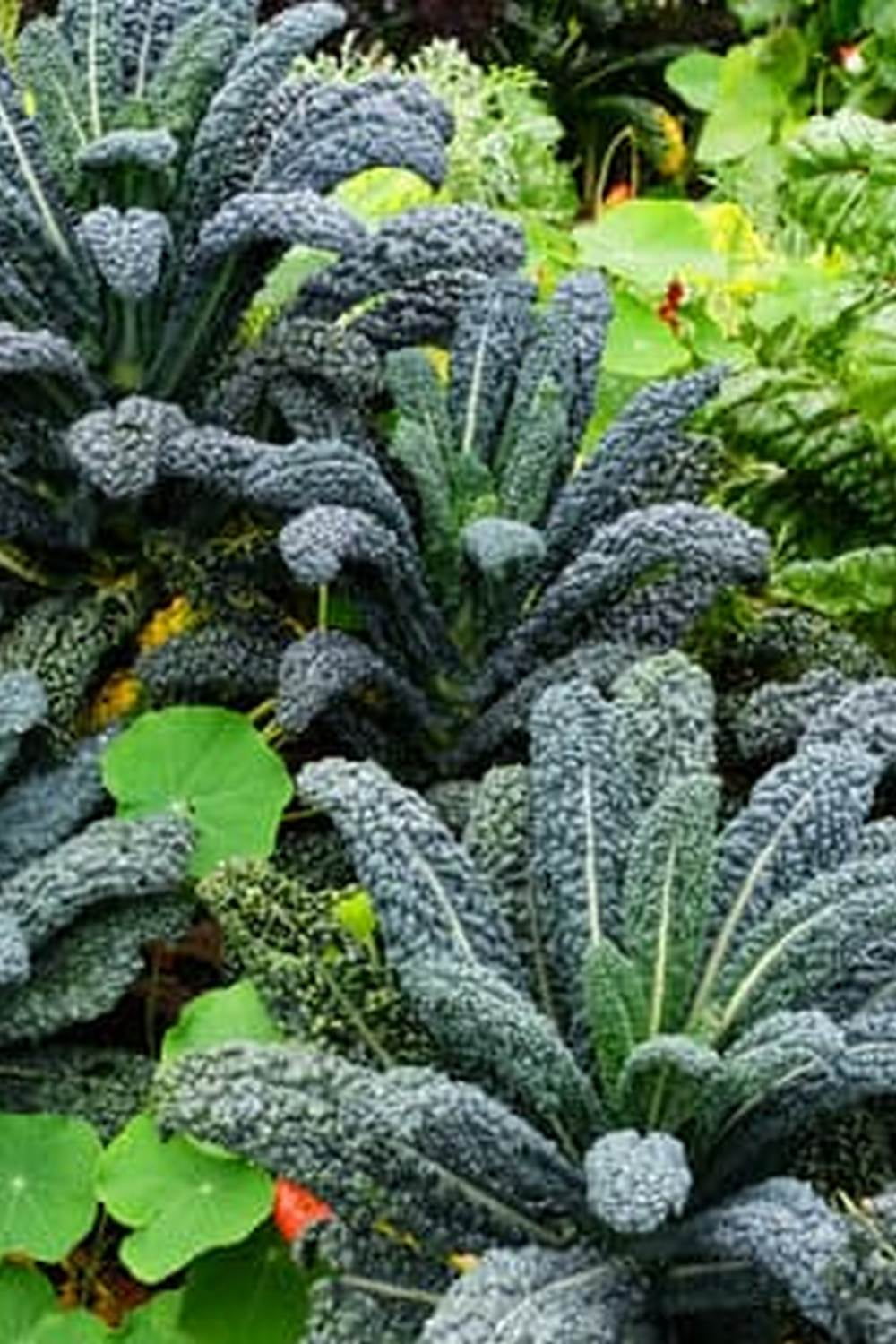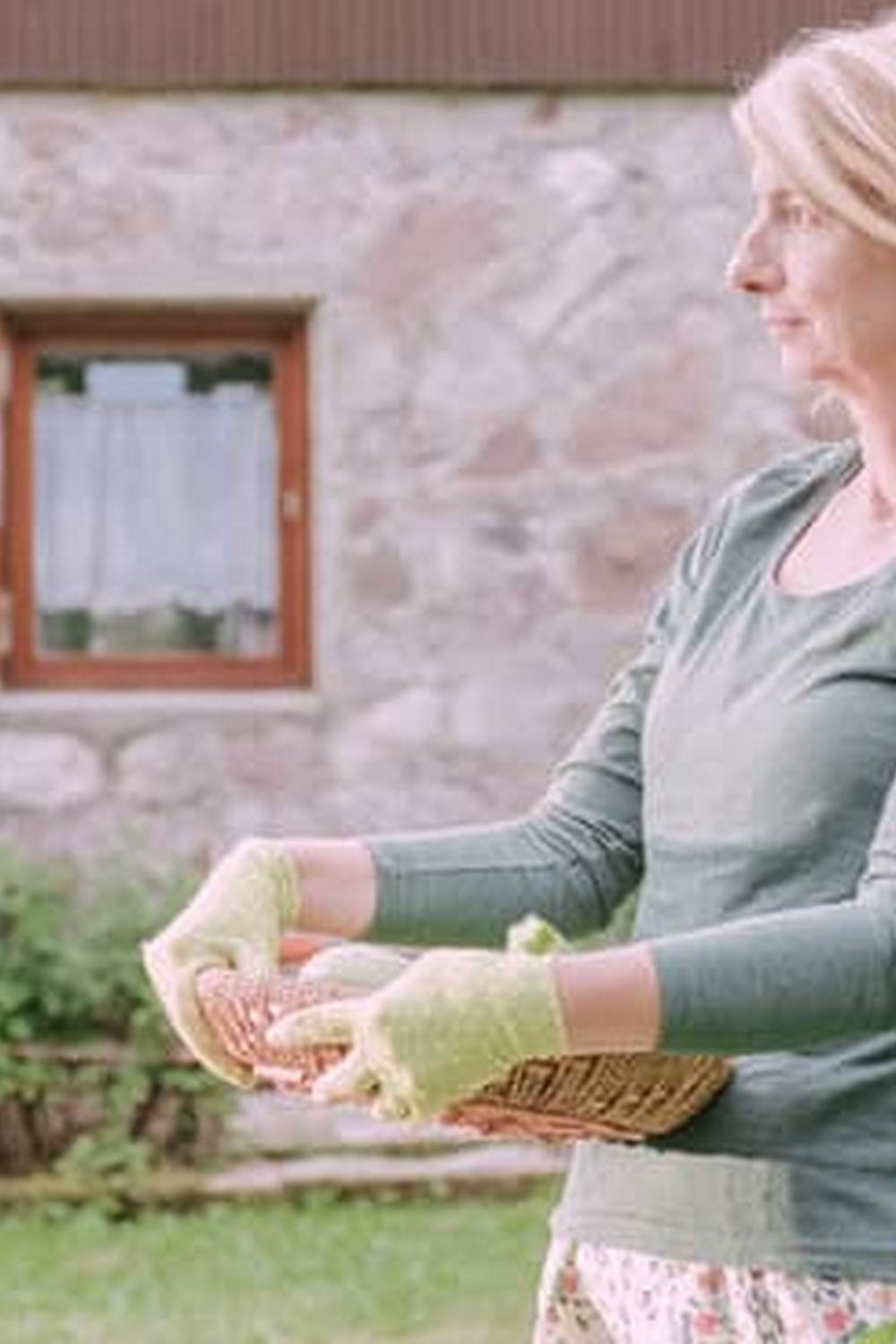Potted Plants In Vegetable Garden
One of the benefits of growing a vegetable garden is that you can have potted plants in it, too. Potted plants in a vegetable garden can add a splash of color, and they can also help to keep the soil in the garden healthy.
When you are choosing plants to put in pots in your vegetable garden, it is important to choose plants that will do well in the type of soil that is in the garden. For example, if the soil in your garden is heavy and clay-like, then you will want to choose plants that are adaptable to this type of soil.
Some plants that do well in heavy soil are tomatoes, peppers, and eggplants. If your garden has sandy soil, then you will want to choose plants that are adaptable to this type of soil. Plants that do well in sandy soil include carrots, lettuce, and beans.
When you are choosing plants to put in pots in your vegetable garden, it is also important to choose plants that will not take up too much space. For example, if you are growing a vegetable garden in a small space, then you will not want to choose plants that will take up a lot of room.
Some plants that do well in small pots are herbs, such as thyme, rosemary, and lavender. You can also grow tomatoes, peppers, and eggplants in small pots.
When you are planting potted plants in your vegetable garden, it is important to make sure that the pots are big enough for the plants to grow in. The pots should also have drainage holes in the bottom so that the soil can drain properly.
If you are using pots that do not have drainage holes, then you will need to put a layer of gravel or broken pottery at the bottom of the pot to help with drainage. You will also need to water the plants in the pots more often than you would water plants that are growing in the ground, since the pots will not be able to hold as much water as the ground.
Potted plants in a vegetable garden can add a splash of color, and they can also help to keep the soil in the garden healthy. When choosing plants to put in pots, it is important to choose plants that will do well in the type of soil that is in the garden, and you should also choose plants that will not take up too much space.
Plant Pro Tips For The Vegetable Garden
1. Plant your tomatoes in full sun.
Tomatoes love the sun! Make sure to plant them in an area that gets plenty of direct sunlight. This will help them grow big and strong.
2. Add organic matter to your soil.
Organic matter is key to a healthy vegetable garden. Add compost, manure, or other organic matter to your soil to help improve its structure and fertility.
3. Water your plants regularly.
Vegetables need plenty of water to grow big and strong. Make sure to water them regularly, especially during hot summer days.
4. Use mulch to protect your plants.
Mulch is a great way to protect your plants from heat and pests. It also helps to keep the soil moist and weed-free.
5. Harvest your vegetables when they are ripe.
Don’t wait too long to harvest your vegetables! Harvest them when they are ripe to get the best flavor.
Garden Planting Guide Vegetables
can be planted in the spring, summer or fall, when the weather is appropriate. The best time to plant vegetables depends on the type of vegetable. For example, root vegetables can be planted in the spring, while leafy vegetables should be planted in the summer or fall. The following is a guide to planting vegetables in the garden.
When to Plant Vegetables
Root vegetables, such as carrots, beets and potatoes, can be planted in the spring. This is when the soil is thawed and there is no danger of frost.
Leafy vegetables, such as lettuce, spinach and kale, should be planted in the summer or fall. The soil should be warm in the summer, while the soil should be cool in the fall.
What to Plant
Root vegetables can be planted in the spring, while leafy vegetables should be planted in the summer or fall.
When to Plant Vegetables
Root vegetables, such as carrots, beets and potatoes, can be planted in the spring. This is when the soil is thawed and there is no danger of frost.
Leafy vegetables, such as lettuce, spinach and kale, should be planted in the summer or fall. The soil should be warm in the summer, while the soil should be cool in the fall.
What to Plant
Root vegetables can be planted in the spring, while leafy vegetables should be planted in the summer or fall.
Planting Plan Raised Bed Vegetable Garden
I. Location:
The raised bed vegetable garden should be located in an area that receives full sun exposure for the majority of the day. Ideally, the garden should be situated close to a water source so that irrigation is easy and convenient.
II. Size:
The size of the raised bed vegetable garden will depend on the amount of space you have available. It is best to choose a size that will allow you to comfortably work in the garden bed. A 4×8 foot bed is a good size for a beginner.
III. Soil:
The soil in a raised bed vegetable garden should be rich in organic matter and well-drained. You can improve the soil by adding compost or other organic matter to it.
IV. Preparation:
The raised bed vegetable garden should be prepared by removing any existing vegetation and loosening the soil. If the soil is not well-drained, you can improve it by adding sand or gravel.
V. Planting:
The best time to plant vegetables in a raised bed vegetable garden is early spring. When planting, be sure to follow the recommended spacing for each vegetable.
VI. Care:
The raised bed vegetable garden should be watered regularly, especially during periods of drought. Vegetables should be fertilized every few weeks with a balanced fertilizer. Weeds should be removed regularly from the garden bed.
Planter Boxes Vegetable Garden
There is no need to have a large yard in order to have a vegetable garden. You can create a vegetable garden by using planter boxes. Planter boxes are a great way to grow vegetables because they are easy to use and you can grow a variety of vegetables in them.
When choosing a location for your planter box vegetable garden, make sure that the spot gets at least six hours of sunlight each day. The spot should also be in a location where you can easily get to the plants to water and weed them.
There are a variety of materials that you can use to make your planter box vegetable garden. You can use wood, plastic, metal or concrete. The type of material that you choose will depend on your budget and the amount of time that you want to spend on maintaining your garden.
If you are using a wooden box, make sure that you seal the wood with a waterproof sealant to protect it from the weather. If you are using a plastic or metal box, you do not have to seal it, but you may want to paint it a color that will match your house.
When filling your planter box vegetable garden, make sure that you use a good quality potting soil. You can either buy a pre-made potting soil or you can make your own by mixing compost, peat moss and vermiculite together.
To plant your vegetables, dig a hole in the potting soil that is the same size as the plant’s root ball. Gently place the plant in the hole and fill in around the plant with more potting soil. Water the plant well and then place the planter box in a sunny spot.
The vegetables that you can grow in a planter box vegetable garden include tomatoes, peppers, carrots, lettuce, cucumbers, zucchini and squash.

If you’re looking to get into vegetable gardening, or are just looking for some tips on how to make your current garden better, then you’ve come to the right place! My name is Ethel and I have been gardening for years. In this blog, I’m going to share with you some of my best tips on how to create a successful vegetable garden.





